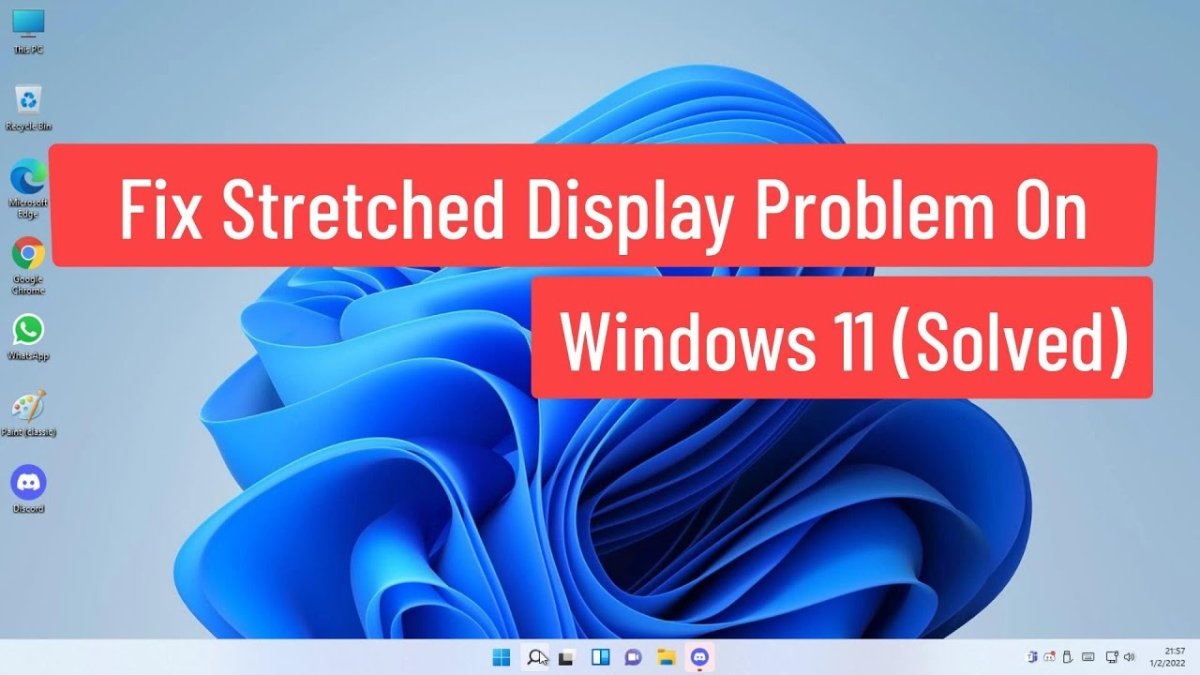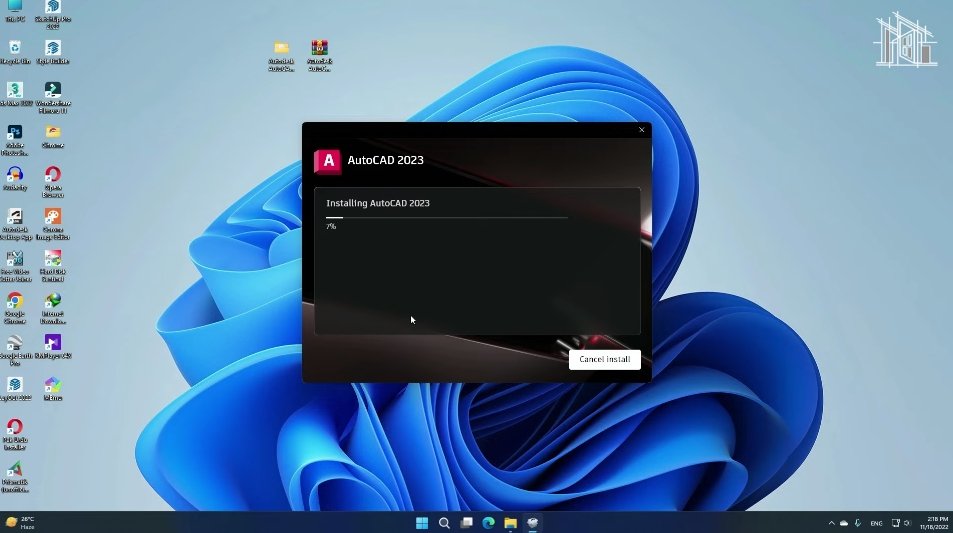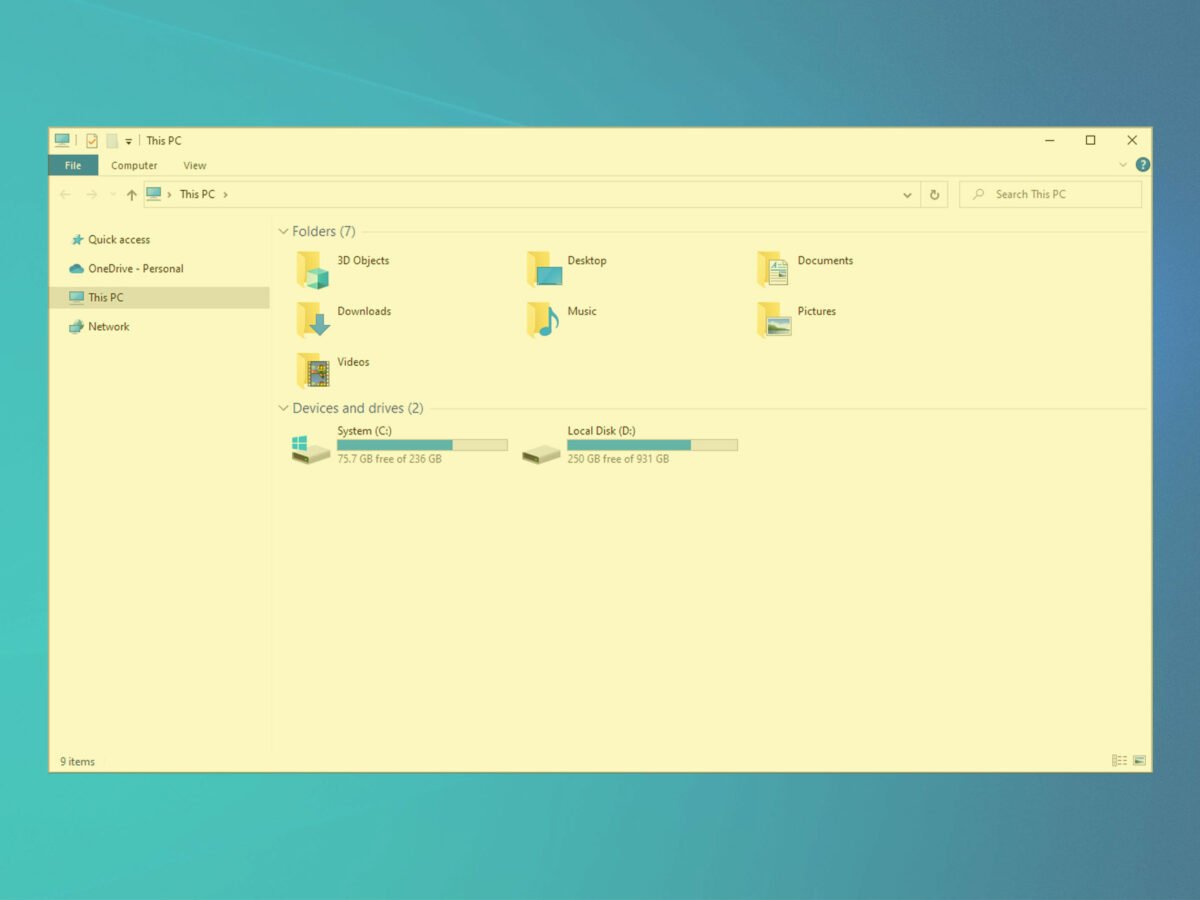
How to Fix Stretched Screen Windows 11?
Are you frustrated with the stretched screen on your Windows 11 device? Do you feel like it’s impossible to get it back to its normal size? Don’t worry, you’re not alone. Many Windows users are experiencing the same issue, and thankfully, there is an easy fix. In this article, we’ll explain how to fix a stretched screen in Windows 11 so you can get back to using your device as normal.
- Right-click on an empty area of the desktop, and select Display settings.
- Under the Scale and Layout menu, you’ll see a slider to adjust the size of text, apps, and other items. Make sure that it’s set to 100%, and then click on Advanced scaling settings.
- In the next window, you can adjust the size of text and icons on the screen if necessary.
- Once you’ve adjusted the size of text and other items, click on Apply. You should now have a screen resolution that’s not stretched.

How to Resolve Stretched Screen Issue on Windows 11
Windows 11 is a latest operating system developed by Microsoft and is popular among users due to its interactive and user-friendly interface. However, some users have reported that they are facing a stretched screen issue on their Windows 11 devices. This issue can be quite annoying and can result in a distorted display. Here are some steps that can help to fix the stretched screen issue on Windows 11.
Step 1: Check the Resolution Settings
The first thing to do is to check the resolution settings on your device. To do this, press the Windows key and type ‘Display’ in the search bar and select the ‘Display Settings’ option from the search results. In the Display Settings window, check the resolution value and make sure that it is set to the recommended value for your display. If the resolution is lower than the recommended value then you should set it to the recommended value.
Step 2: Check the Refresh Rate Settings
The next step is to check the refresh rate settings on your device. To do this, press the Windows key and type ‘Display’ in the search bar and select the ‘Advanced Display Settings’ option from the search results. In the Advanced Display Settings window, check the refresh rate value and make sure that it is set to the recommended value for your display. If the refresh rate is lower than the recommended value then you should set it to the recommended value.
Step 3: Check the Aspect Ratio Settings
The next step is to check the aspect ratio settings on your device. To do this, press the Windows key and type ‘Display’ in the search bar and select the ‘Display Settings’ option from the search results. In the Display Settings window, check the aspect ratio value and make sure that it is set to the recommended value for your display. If the aspect ratio is lower than the recommended value then you should set it to the recommended value.
Step 4: Check the Graphics Card Drivers
The next step is to check the graphics card drivers on your device. To do this, press the Windows key and type ‘Device Manager’ in the search bar and select the ‘Device Manager’ option from the search results. In the Device Manager window, expand the ‘Display Adapters’ section and check if the installed drivers are up to date. If the drivers are not up to date then you should update them.
Step 5: Reset the Display Settings
The last step is to reset the display settings on your device. To do this, press the Windows key and type ‘Display’ in the search bar and select the ‘Reset Display Settings’ option from the search results. In the Reset Display Settings window, click on the ‘Reset’ button and then restart your device. After restarting your device, check if the stretched screen issue has been resolved.
Step 6: Check the Display Cable Connections
The next step is to check the display cable connections on your device. To do this, make sure that the cables are securely connected to the display and to the device. If the cables are loosely connected then you should reconnect them and then check if the stretched screen issue has been resolved.
Step 7: Check the Display Settings in Graphics Card Software
The next step is to check the display settings in the graphics card software on your device. To do this, open the graphics card software and check the display settings. Make sure that the display settings are set to the recommended values for your display. If the display settings are not set to the recommended values then you should set them to the recommended values and then check if the stretched screen issue has been resolved.
Step 8: Check the Display Settings in BIOS
The last step is to check the display settings in the BIOS on your device. To do this, reboot your device and enter the BIOS setup. In the BIOS setup, check the display settings and make sure that they are set to the recommended values for your display. If the display settings are not set to the recommended values then you should set them to the recommended values and then check if the stretched screen issue has been resolved.
Few Frequently Asked Questions
Question 1: How Do I Fix a Stretched Screen in Windows 11?
Answer: To fix a stretched screen in Windows 11, first try to adjust your display settings. You can do this by right-clicking anywhere on the desktop, selecting Display Settings, and then using the slider to adjust the size of text, apps, and other items on the screen. If this does not work, you can try to reset your display scaling settings by going to Settings > System > Display, and then choosing the option to reset your display scaling settings. Finally, if all else fails, you can try reinstalling your graphics driver or updating to the latest version.
Question 2: What Causes a Stretched Screen in Windows 11?
Answer: A stretched screen in Windows 11 can be caused by a variety of issues, such as a faulty graphics card, incorrect display settings, or outdated drivers. It can also be caused by a resolution mismatch between your display and the game or application you’re trying to use. Additionally, if you’re using multiple monitors, you may need to adjust the settings for each monitor individually.
Question 3: How Can I Manually Adjust My Display Settings in Windows 11?
Answer: To manually adjust your display settings in Windows 11, you can right-click anywhere on the desktop, select Display Settings, and then use the slider to adjust the size of text, apps, and other items on the screen. You can also go to Settings > System > Display, and then choose the option to reset your display scaling settings. You may also need to adjust your resolution settings, which can be done by going to Settings > System > Display > Advanced Settings.
Question 4: What If I’m Having Issues With Multiple Monitors in Windows 11?
Answer: If you’re having issues with multiple monitors in Windows 11, you may need to adjust the settings for each monitor individually. This can be done by right-clicking anywhere on the desktop, selecting Display Settings, and then selecting the monitor you want to adjust. From here, you can adjust the resolution and other settings for each monitor. Additionally, you can go to Settings > System > Display, and then choose the option to reset your display scaling settings.
Question 5: How Do I Reinstall My Graphics Driver in Windows 11?
Answer: To reinstall your graphics driver in Windows 11, first make sure you have the correct driver for your graphics card. You can download the latest driver from the manufacturer’s website. Once you have the correct driver, you can uninstall the current driver by going to Settings > Apps > Apps & Features, and then selecting the driver and clicking Uninstall. After this, you can install the new driver by double-clicking the driver file you downloaded, and then following the on-screen instructions.
Question 6: How Do I Update My Graphics Driver in Windows 11?
Answer: To update your graphics driver in Windows 11, you can either use the Device Manager or download the driver directly from the manufacturer’s website. To use the Device Manager, open the Start menu and type in “Device Manager,” then select the option. Next, expand the Display Adapters section, right-click on your graphics card, and select Update Driver. You can also download the latest driver from the manufacturer’s website and install it manually by double-clicking the driver file and then following the on-screen instructions.
How to fix Windows 11 Stretched Screen Problem
In conclusion, fixing a stretched screen in Windows 11 can be a frustrating experience. However, with the right steps and a little bit of patience, it can be done. By following the steps listed above, you can have your screen back to its original size in no time. If you are still having trouble, then remember to consult a professional for help. With the right help, you can get your screen back to normal and enjoy using Windows 11 without any further issues.






